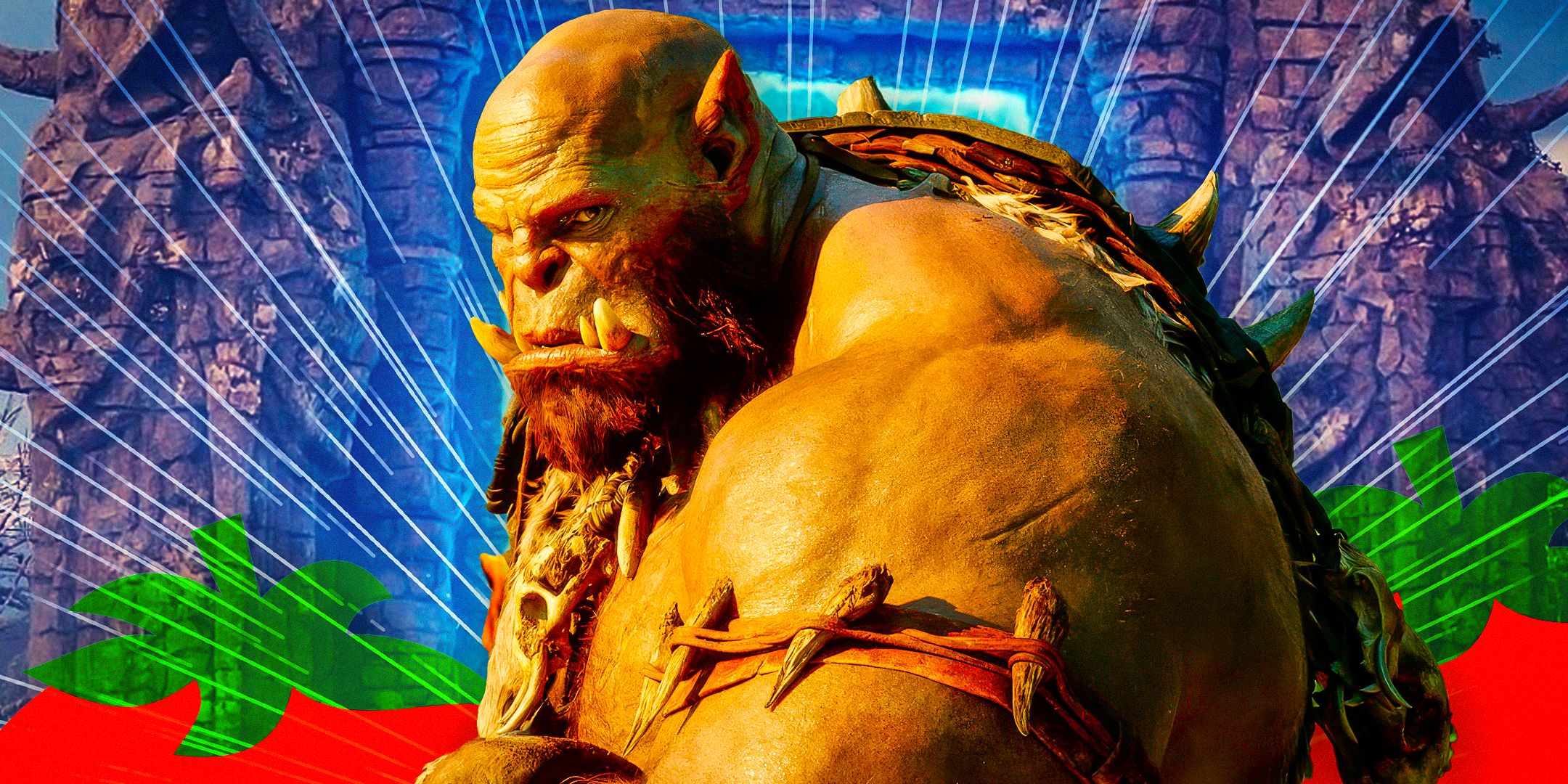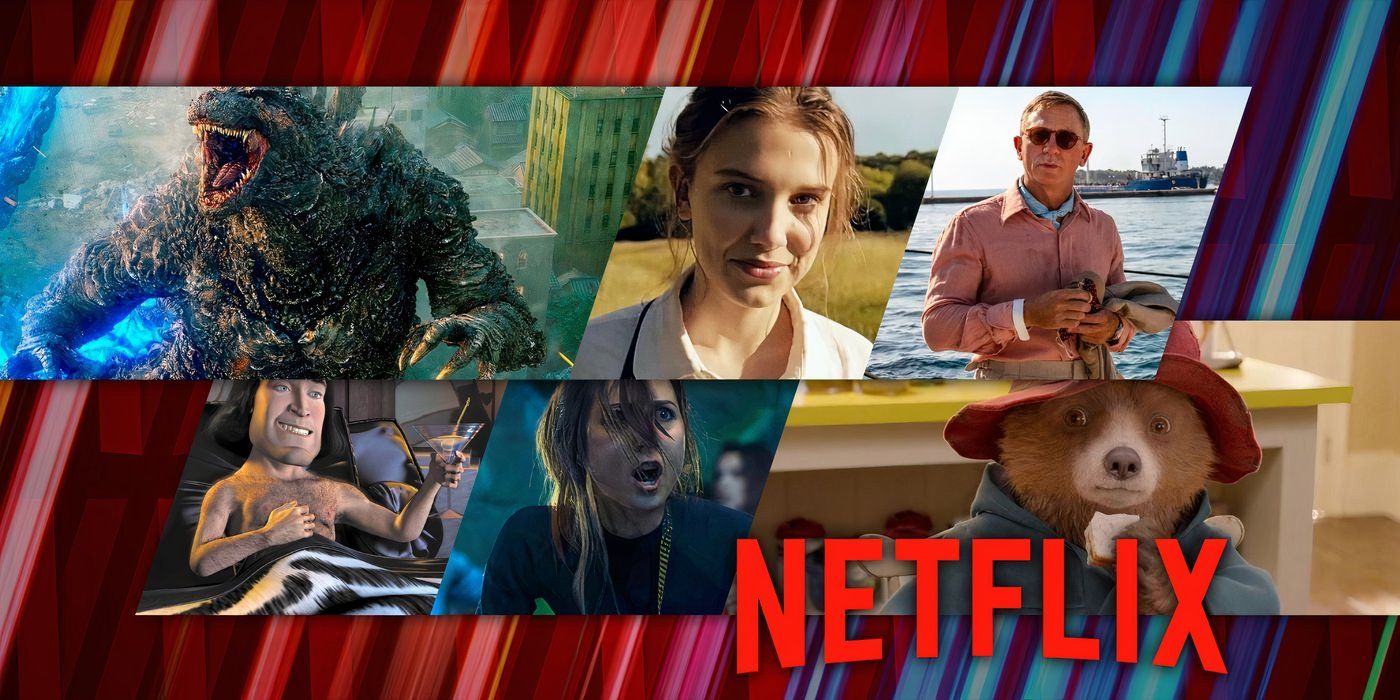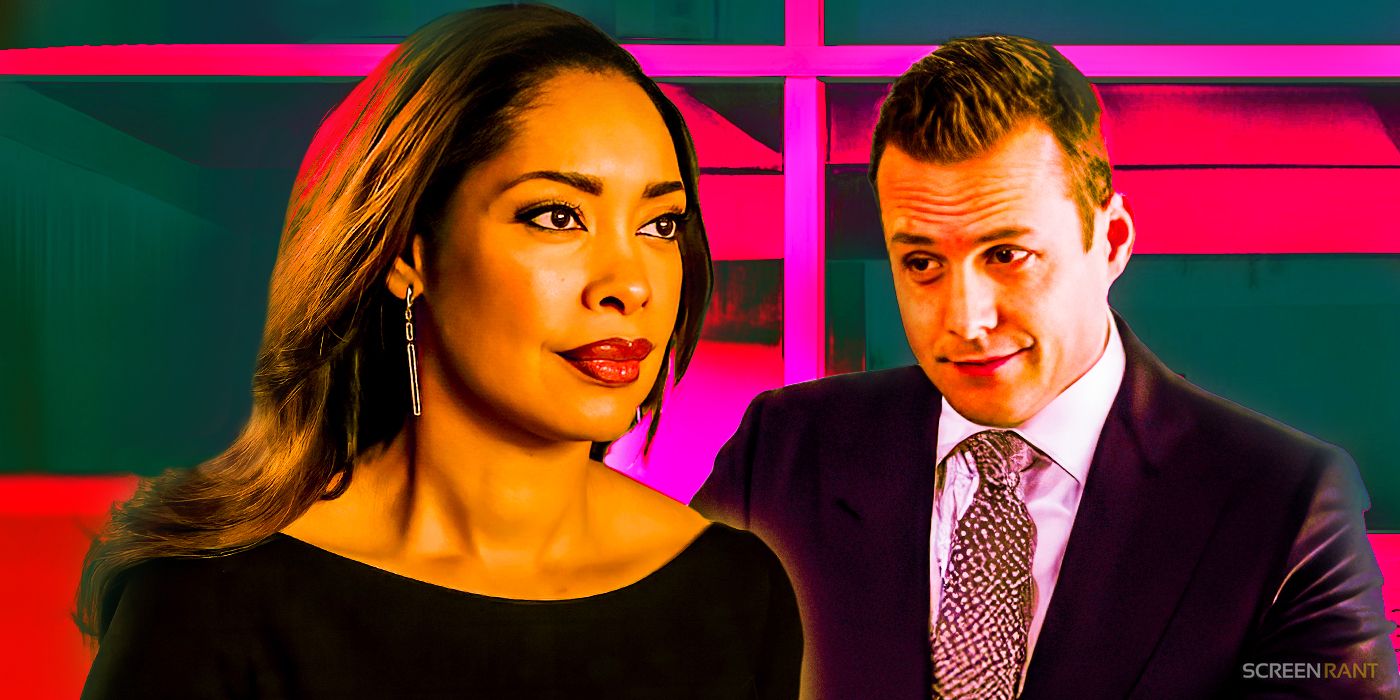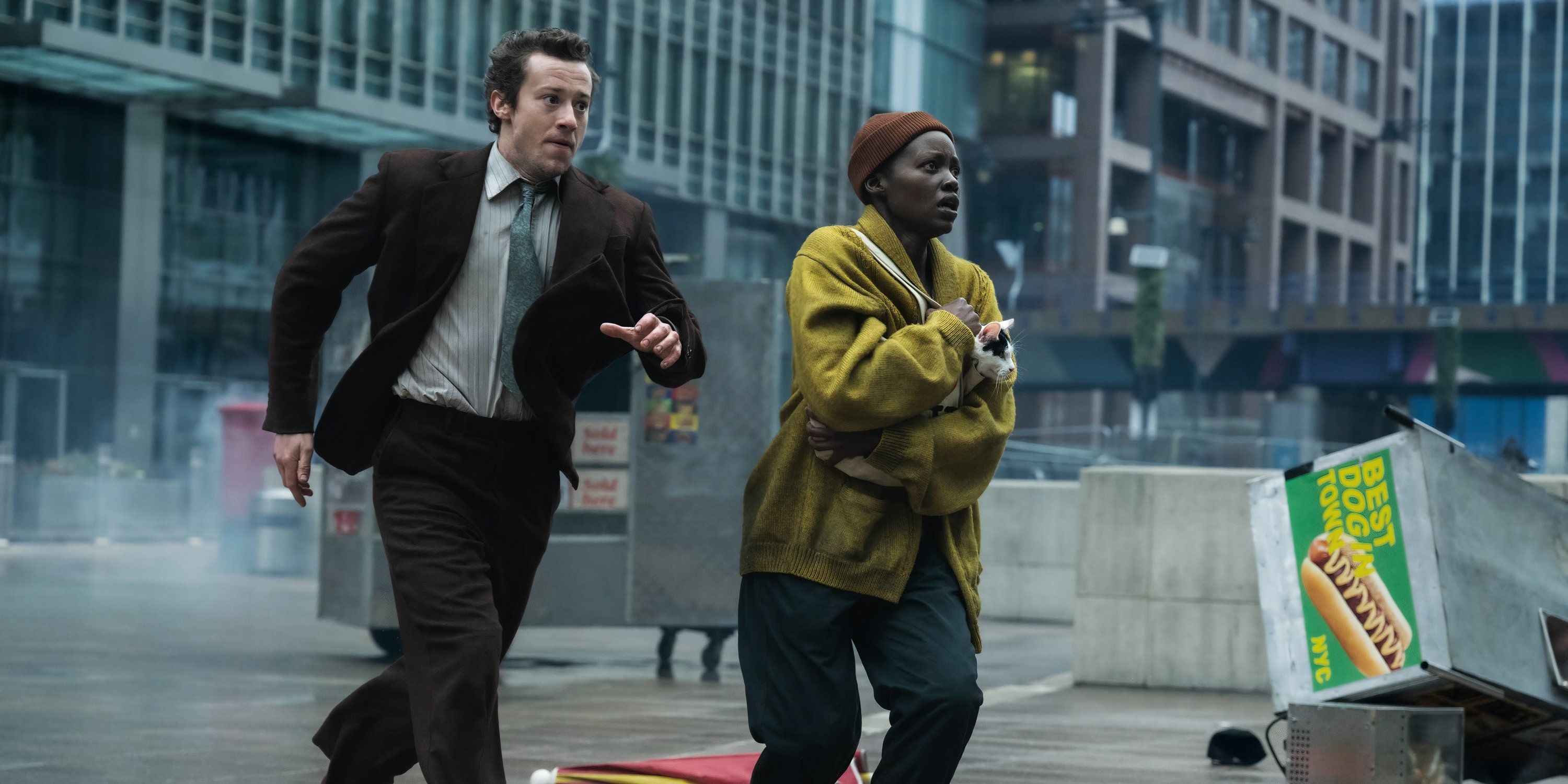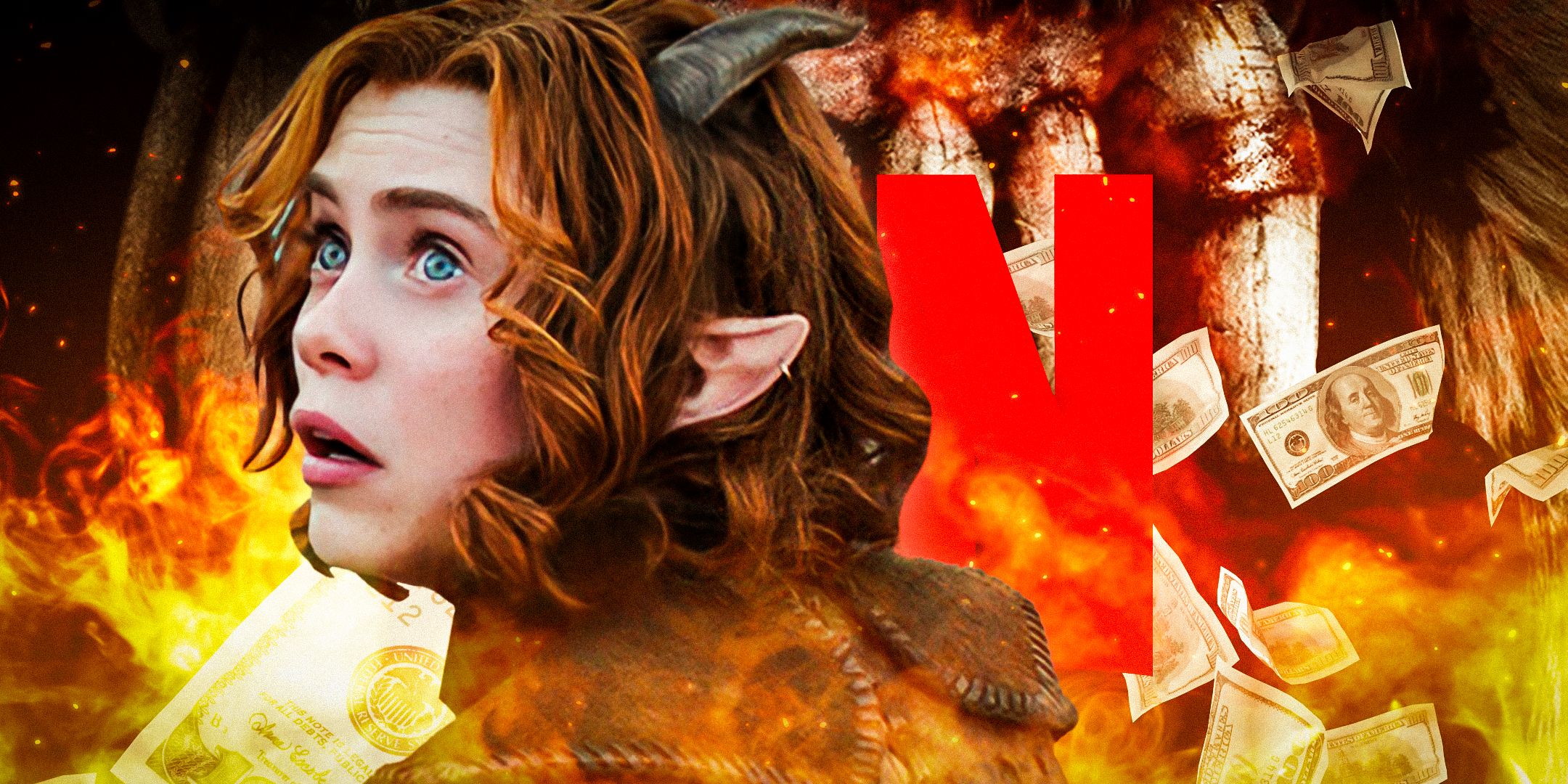The always controversial TikTok app once maintained guidelines punishing users who were deemed “ugly”, who filmed in rooms with signs of disrepair, or who are physically disabled. This story adds to the growing number of recent reports indicating the Chinese social media platform employs both invasive and overly restrictive policies.
TikTok’s controversial policies are often considered to be a result of its parent company, ByteDance’s, desire for rapid, global adoption of the app. However, to many critics, the app’s alleged invasiveness serves a more insidious purpose. Simply put, most westerners fear TikTok is a tool used by the Chinese government to spy on its users. Its extreme ubiquity has also earned it a reputation for enabling many other questionable choices from its users in pursuit of attention. It seems like there’s a new TikTok-related controversy every day, and the hits keep coming.
A new report from The Intercept details internal TikTok documents obtained by the publication which outline the initial moderation guidelines for the app. Based on the report, the app’s moderators were instructed to enforce heavy-handed, restrictive rules to limit the userbase’s exposure to videos featuring less attractive people. The plans were built around promoting the site by showing attractive people, living lives representative of financial success, who also conveniently never mentioned political strife or anything less than positive about the Chinese government.
TikTok’s Suppressive Moderation
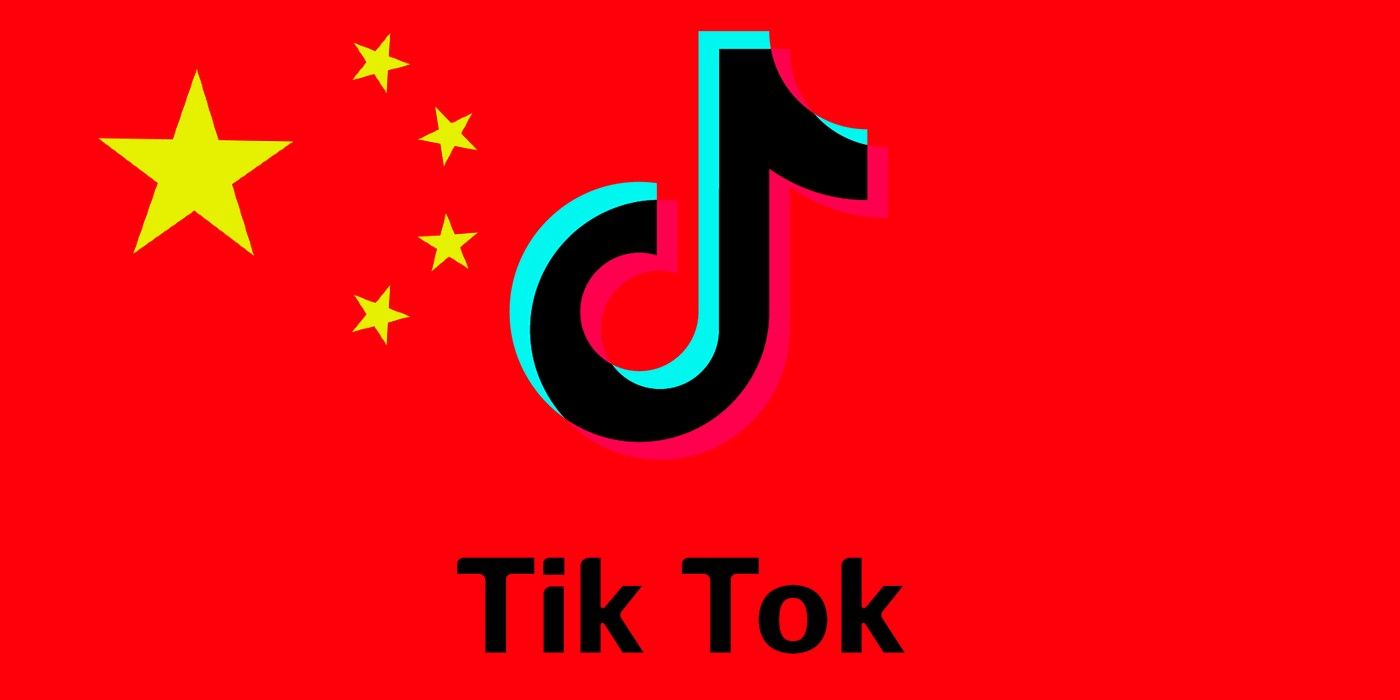
A trip through the report reveals extremely depressing, judgmental restrictions from the TikTok moderators. The app’s “For You” section, which recommends videos through a highly secretive process, barred videos showing people with “beer bellies”, “too many wrinkles”, “abnormal body shapes”, and similar “undesirable” traits. It also curtailed videos with backgrounds showing “slums, rural fields” and “dilapidated housing”. The content of the video was less important than the illusion that TikTok is a place for attractive, wealthy people.
A restriction from the “For You” section isn’t an inherent punishment. These rules would create a scenario in which only “appealing” videos have a chance to go viral, but they didn’t directly cause any misfortune to users who didn’t make the cut. The “For You” restrictions limited those users’ popularity, but it was the abject censorship that punished them. The system had comically vague standards for bannable offenses, such as endangering “national honor and interests”. Users were temporarily suspended for broadcasts with any comments on organizations like police or military, positive or negative, and received one-day bans for any footage of police/military activity. One of the more extreme dichotomies suggested overt hate speech would be met with a 30-day ban after which the account is fully reinstated, but promoting TikTok competitors resulted in a lifetime ban.
A TikTok representative contacted by The Intercept says the policies existed as an attempt to mitigate online bullying or harassment these users may have received, which is an explanation that simply doesn’t match up with the company’s actions. The most concerning point of all of this, though, is the rep would not confirm or deny if any of these restrictions are still in effect at TikTok, whether directly or implicitly. The report also dives into evidence that TikTok poached popular videos from places like Instagram in its early days. That such a massive allegation is less shocking than the company’s discriminatory practices speaks volumes.
